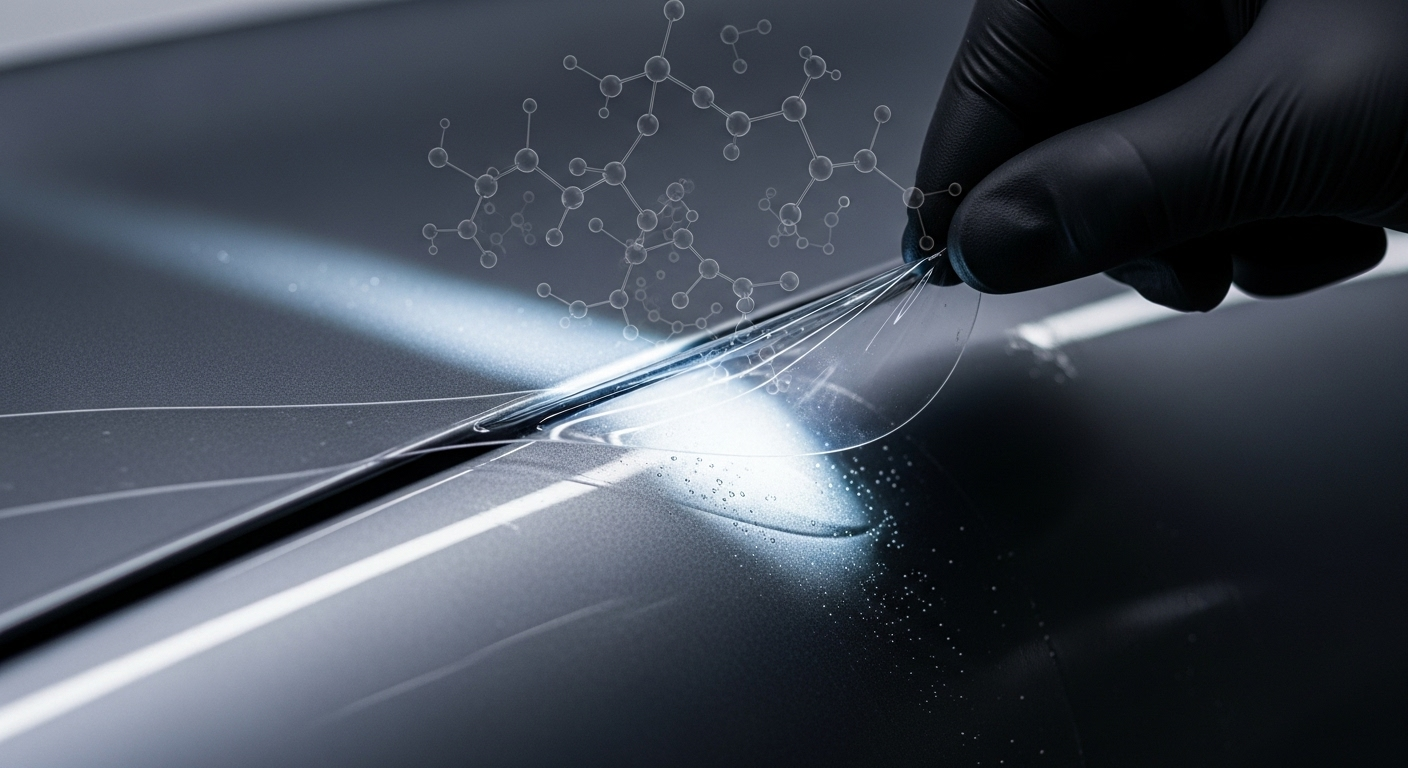Decoding the Secrets of Automotive Paint Technology
The world of automotive paint is a fascinating blend of chemistry, artistry, and engineering. From showroom-ready glossy finishes to cutting-edge self-healing coatings, the evolution of automotive paint technology continues to push boundaries. This deep dive into the often-overlooked realm of vehicle finishes reveals a world of innovation that goes far beyond mere aesthetics.

The Chemistry Behind the Colors
At its core, automotive paint is a complex cocktail of resins, pigments, and solvents. The base resin, typically polyurethane or acrylic, forms the backbone of the paint, providing adhesion and durability. Pigments give the paint its color and opacity, while solvents keep the mixture in a liquid state for application.
Modern automotive paints are applied in multiple layers, each serving a specific purpose. The primer coat ensures adhesion to the metal surface and provides corrosion resistance. The base coat contains the primary color pigments, while the clear coat adds depth, shine, and protection against UV rays and environmental contaminants.
Nanotechnology: The Invisible Revolution
Nanotechnology has ushered in a new era of automotive paint innovation. By manipulating materials at the molecular level, scientists have developed coatings with extraordinary properties. Self-cleaning paints use nanoparticles with hydrophobic properties, causing water to bead up and roll off the surface, taking dirt and grime with it.
Another groundbreaking application of nanotechnology is in self-healing paints. These coatings contain microcapsules filled with a healing agent. When the paint surface is scratched, the capsules rupture, releasing the agent which fills in the damaged area and hardens, effectively “healing” the scratch.
Color-Shifting and Mood-Changing Paints
One of the most visually striking developments in automotive paint technology is the advent of color-shifting finishes. These paints use special pigments that reflect different wavelengths of light depending on the viewing angle, creating a mesmerizing effect that can shift between multiple hues.
Taking this concept further, some manufacturers are experimenting with mood-changing paints that can alter their color based on external stimuli such as temperature or electrical current. While still in the experimental stages, these technologies hint at a future where a car’s appearance could be as dynamic as its performance.
Eco-Friendly Innovations
As environmental concerns take center stage in the automotive industry, paint technology is evolving to meet new challenges. Water-based paints have gained popularity as a more environmentally friendly alternative to traditional solvent-based formulations. These paints significantly reduce volatile organic compound (VOC) emissions during the application process.
Some manufacturers are pushing the envelope even further with bio-based paints derived from renewable resources such as plant oils and agricultural waste. These sustainable alternatives not only reduce the carbon footprint of the painting process but also offer comparable durability and finish quality to their petroleum-based counterparts.
Beyond Aesthetics: Functional Coatings
Modern automotive paints are no longer just about looks. Functional coatings are emerging that add practical benefits beyond mere decoration. Thermochromic paints can change color in response to temperature fluctuations, potentially serving as a visual indicator of engine heat or brake temperature.
Photovoltaic paints, still in the research phase, aim to turn a vehicle’s entire surface into a solar panel. By incorporating light-sensitive nanoparticles into the paint formulation, these coatings could potentially generate electricity to power auxiliary systems or extend the range of electric vehicles.
The Future of Automotive Finishes
As we look to the future, the possibilities for automotive paint technology seem limitless. Advancements in material science and nanotechnology continue to push the boundaries of what’s possible. We may soon see paints that can actively repair damage, change color on demand, or even communicate with other vehicles and infrastructure.
The integration of smart technologies into automotive coatings opens up exciting possibilities. Imagine a paint that could warn you of potential collisions by changing color, or one that could adapt its reflectivity to optimize energy efficiency based on weather conditions.
As vehicles become more technologically advanced, their exteriors are evolving from mere protective shells to active, intelligent surfaces. The paint of the future may well be a complex system of sensors, energy harvesters, and dynamic display technologies, all seamlessly integrated into a visually stunning finish.
In conclusion, the world of automotive paint technology is a testament to human ingenuity and the relentless pursuit of innovation. From its humble beginnings as a simple protective coating, automotive paint has evolved into a sophisticated, multi-functional technology that continues to reshape our relationship with vehicles. As we drive into the future, the lines between form and function, aesthetics and utility, will continue to blur, painting a picture of automotive possibilities limited only by our imagination.





